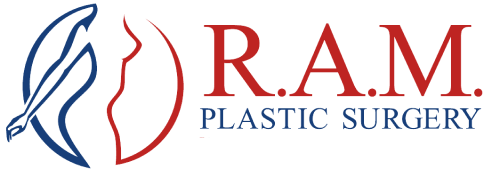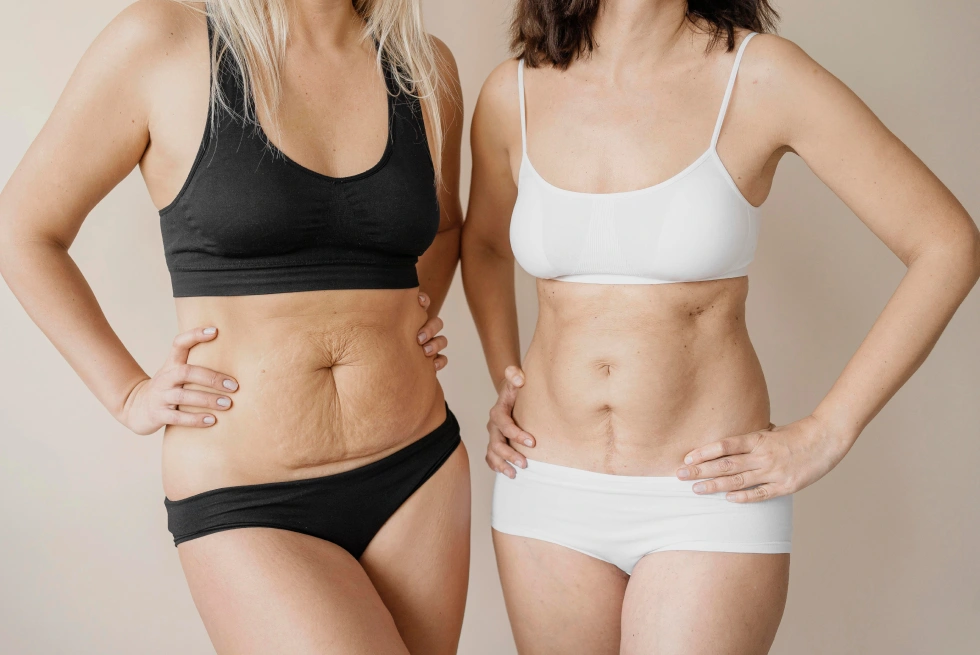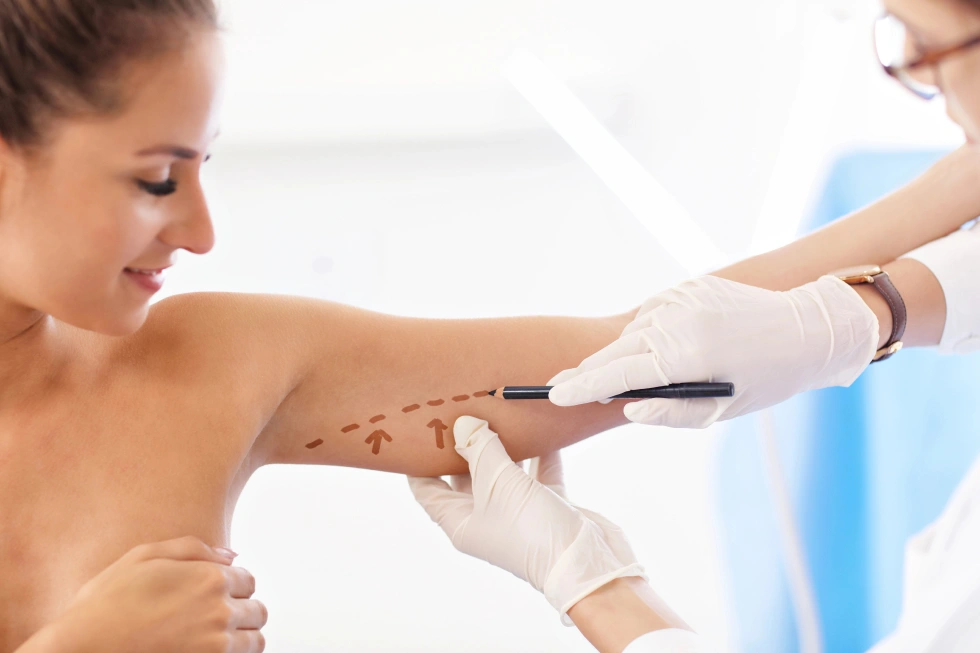Most post-BBL gym advice focuses on strict timelines—but recovery is far more personal than a calendar can capture. Going back to the gym too soon can compromise your results, while waiting too long may impact your circulation, energy, and overall well-being. What’s often missing from standard advice is how to move with intention, how to rebuild safely, and how to tune in to your body’s deeper healing cues. This guide offers a realistic and nuanced approach.
Weeks 1-2: Prioritizing Rest and Gentle Movement for Optimal Healing
In the first two weeks after your BBL, it may seem like you’re doing nothing—but real recovery is anything but passive. This is when your fat cells are most vulnerable and your circulation is adjusting to new contours. Gentle walking around your home helps prevent blood clots, supports lymphatic flow, and reduces swelling. But beyond movement, rest means allowing your body to use energy for repair—not digestion, stress, or overexertion. That means nourishing meals, minimal screen time, deep breathing, and short naps. Avoid sitting directly on your buttocks at all costs, and use a BBL pillow or lie on your stomach when needed. In these early days, stillness—with intention—is your body’s best training.
Week 3–4: Light Movement, No Pressure—Literally
During weeks three and four, your body is transitioning from healing to rebuilding, making this a critical period for careful activity. Light movement like slow walks or gentle stretching supports circulation and encourages fat cell survival, but avoid any direct pressure on your buttocks. Sitting should still be minimal and always with a proper BBL pillow to prevent damaging the newly transferred fat. Many overlook how subtle shifts in posture can affect recovery—try to maintain a neutral spine and avoid slouching, which can increase pressure unevenly. This is also a good time to incorporate mindful breathing and relaxation techniques, as stress reduction plays an important role in optimizing blood flow and tissue repair during this phase.
Week 5–6: Reintroducing Low-Impact Cardio (With Boundaries)
By weeks five and six, your body is ready to handle more activity, but caution remains essential. Low-impact cardio like stationary biking or gentle elliptical sessions can stimulate circulation without excessive pressure on your buttocks. What many don’t realize is that timing and duration matter as much as the type of exercise—start with very short sessions, around 10 to 15 minutes, and monitor how your body responds. Overdoing it can trigger inflammation or fat cell loss, undermining your results. Avoid high-impact moves or prolonged sitting during workouts. Also, hydration and continued use of compression garments during exercise help support healing. This phase is about balance—encouraging movement while protecting delicate tissues.
Week 7–8: Controlled Resistance and Core Engagement
During weeks seven and eight, it’s important to carefully reintroduce resistance training that avoids direct pressure on your buttocks. Focus on upper body strength and core exercises that stabilize your posture without compromising the healing fat cells. Many overlook the significance of core engagement in supporting your lower back and improving overall posture, which indirectly protects your BBL results. Avoid heavy weights or high-intensity moves that create excessive strain. Controlled, slow movements with light resistance bands or bodyweight exercises are ideal. Listening to your body is key—any discomfort or unusual swelling signals a need to scale back. Incorporating breathing techniques alongside exercise can enhance oxygen flow to healing tissues, subtly boosting recovery.
Week 9–12: Lower Body Exercise—But No Heavy Lifting
Between weeks nine and twelve, you can begin gentle lower body exercises that avoid heavy lifting or deep squats. This phase is critical because the transplanted fat cells are still fragile and need steady but careful stimulation to thrive. Surprisingly, many patients don’t realize that slow, controlled movements like light lunges or leg lifts help improve blood flow and encourage fat cell survival without risking damage. Avoid high-impact or fast-paced routines, as they can cause microtrauma to the healing tissues. Focus on proper form and listen closely to your body’s signals. Using supportive footwear and cushioning can reduce impact and provide extra protection as you gradually rebuild strength and mobility.
Month 3 and Beyond: Full Workouts with Smart Modifications
By the third month, most patients can safely return to full workouts—but how you move matters just as much as when. Smart modifications, like using resistance bands instead of barbells or doing glute bridges without weights, protect the fat transfer while allowing progress. Still avoid exercises that involve direct pressure on the buttocks, like bike seats or rowing machines. Swelling can persist subtly, so pacing and body awareness are key. Focus on posture, breath control, and core strength to support your new shape without overstressing healing tissues.
Common Mistakes That Can Reverse Results (And What to Do Instead)
One of the most overlooked mistakes after a BBL is sitting directly on the buttocks too soon, which can compress the newly transferred fat cells and reduce their survival rate. Many patients underestimate how even short periods of pressure can affect long-term results. Instead, use specially designed cushions or pillows that offload pressure, and limit sitting to brief intervals when necessary. Another common error is jumping back into intense cardio or heavy weightlifting too early. This can cause inflammation and disrupt healing tissues. Gradually reintroduce exercise, focusing on low-impact movements first. Skipping proper hydration and nutrition also hinders fat cell integration—nourishing your body with anti-inflammatory foods and drinking plenty of water supports recovery from the inside out. Finally, ignoring subtle signs of swelling or discomfort can lead to complications; staying attuned to your body and maintaining open communication with your surgeon ensures you make safe, informed decisions throughout your recovery.
Conclusion
Recovering from a Brazilian Butt Lift requires patience, careful planning, and listening to your body. Following a realistic gym timeline ensures you protect your results while gradually regaining strength and mobility. Remember, every individual heals differently, so prioritizing gentle movements and avoiding pressure on the treated area is essential for long-term success. If you have questions about your recovery or want personalized guidance on safely returning to exercise, our team at RAM Plastic Surgery is here to help. Visit us or call 312-337-3010 to schedule an appointment and take the next step toward your best, healthiest self.







